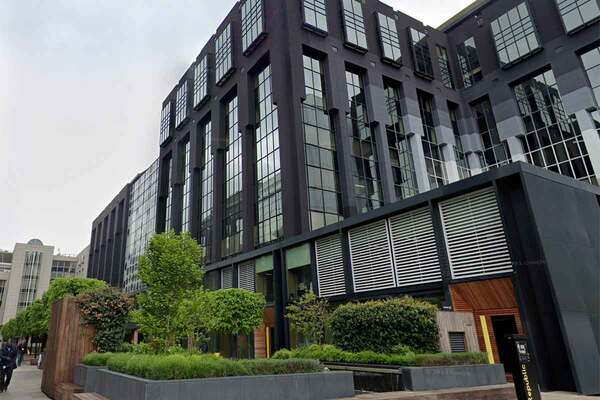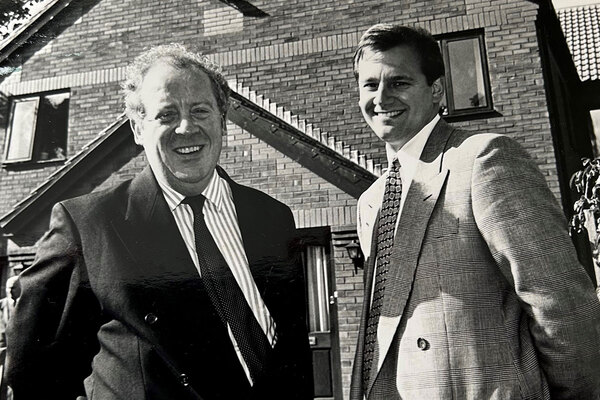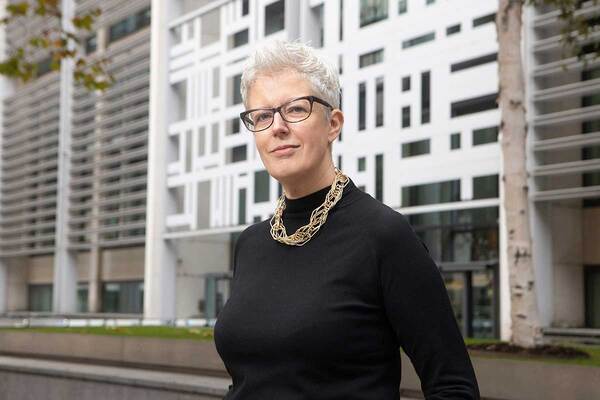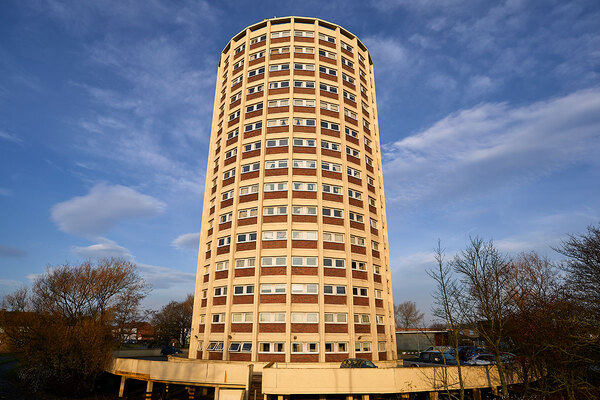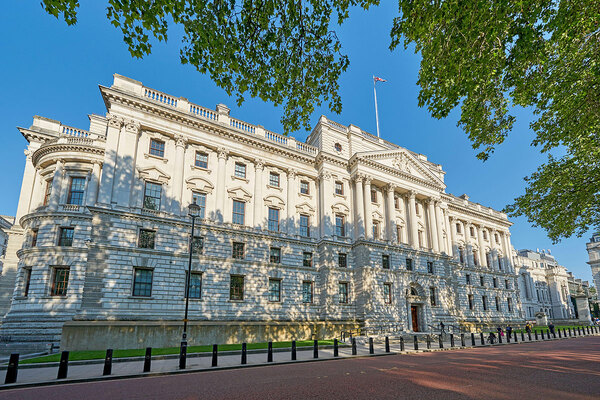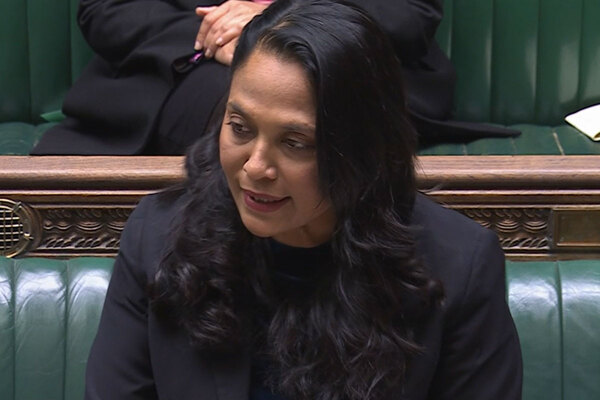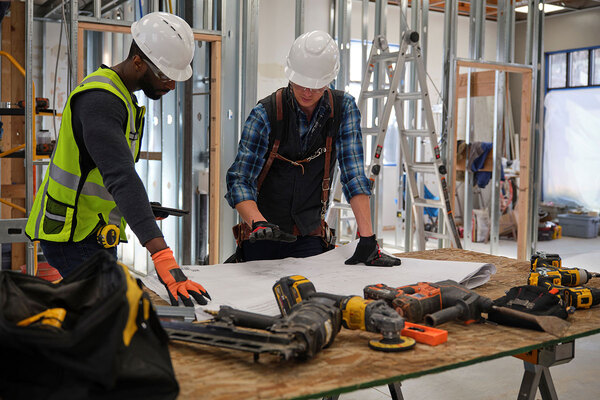You are viewing 1 of your 1 free articles
How to communicate the benefits of eco features in housing
When marketing new homes, giving examples of how eco features can reduce residents’ outgoings and combat climate change can help to create a sense of optimism about the future, says Tim Foreman, managing director of land and new homes at Leaders Romans Group
It often seems that with each passing day we are reminded of the problems caused by climate change, energy security and the cost of living crisis. Extreme weather conditions, little sign of the war in Ukraine abating, and concerns about financial security continue to dominate the news headlines.
Although these issues impact residents, there is evidence that constantly being fed negative news can be counter-productive, evoking a sense of overwhelm in those keen to create a more sustainable lifestyle but unable to visualise how this can be achieved.
For this reason, when it comes to marketing new homes – whether as shared ownership or social/affordable rent – it is important to ensure that any communication on the sustainable features avoids cliches and contains clear, positive messaging about the many environmental and money-saving benefits.
Providing clear examples of how innovative eco features can reduce outgoings and combat climate change can help to create a sense of optimism about the future.
Current legislation, including the Future Homes Standard, aims to ensure that all new homes built from 2025 will emit 75-80% less carbon than homes built under current building regulations.
Improved heating and hot water systems, reduction of heat waste, plus the use of high-quality building materials, triple-glazing standards and low-carbon heating through heat pumps are contributing to the UK’s target of achieving net zero by 2050.
House builders are already using new technologies to get ahead of national targets, and can capitalise on the public’s desire to live in eco-friendly homes. Wherever a developer of new homes is currently positioned in its goal of achieving the Future Homes Standard, it is important that the energy efficiency of new builds, together with information on cost savings and carbon footprint reduction, are front and foremost in their marketing strategy.
Research confirms that resident demand for eco-friendly homes is high. A survey commissioned by Leaders Romans Group, one of the largest property services providers in the UK, found that almost three-quarters (70%) of respondents nationwide would like their property to be more eco-friendly. Over half (56%) said they would specifically seek out a property with eco-friendly qualities, while two-thirds (66%) confirmed that they would choose a property with eco-friendly features to buy or rent, over one without.
Educating residents on the benefits of reduced energy and water consumption, the potential to enhance health and well-being through the use of non-toxic materials and effective ventilation, decreased utility bills, and ultimately the potential for a higher resale value compared to an older home can help to create long-term sustainable habits.
“When it comes to communicating the eco features of new homes, information should be clear, accurate and backed up with data to prove the effectiveness and sustainable credentials of environmental initiatives”
So when it comes to communicating the eco features of new homes, information should be clear, accurate and backed up with data to prove the effectiveness and sustainable credentials of environmental initiatives. Guidance from Defra on green marketing includes the advice to use only images that relate directly to the benefits being claimed, and any logos or symbols are specific to the product they are officially certified for.
It is vital that marketing messages contain plain, jargon-free language that can withstand scrutiny, as vague, false or misleading statements – often referred to as green-washing – can easily tarnish a brand and create public distrust. By contrast, honest, transparent communications that highlight the unique energy-efficient features can reap considerable rewards, both for the individual and for the environment.
Tim Foreman, managing director of land and new homes, Leaders Romans Group
Sign up to the Inside Housing Communications Conference 2024
With an upcoming election, and a raft of regulatory changes within the Social Housing (Regulation) Act aimed at improving communication between landlords and tenants, housing communicators are navigating a multitude of priorities in an ever-changing environment.
Join over 250 communications professionals and hear from 50 speakers across three content streams covering both internal and external communications. The conference will explore how to influence key stakeholders and deal with emerging issues in a transparent and empathetic way to improve the lives of those in our communities.






